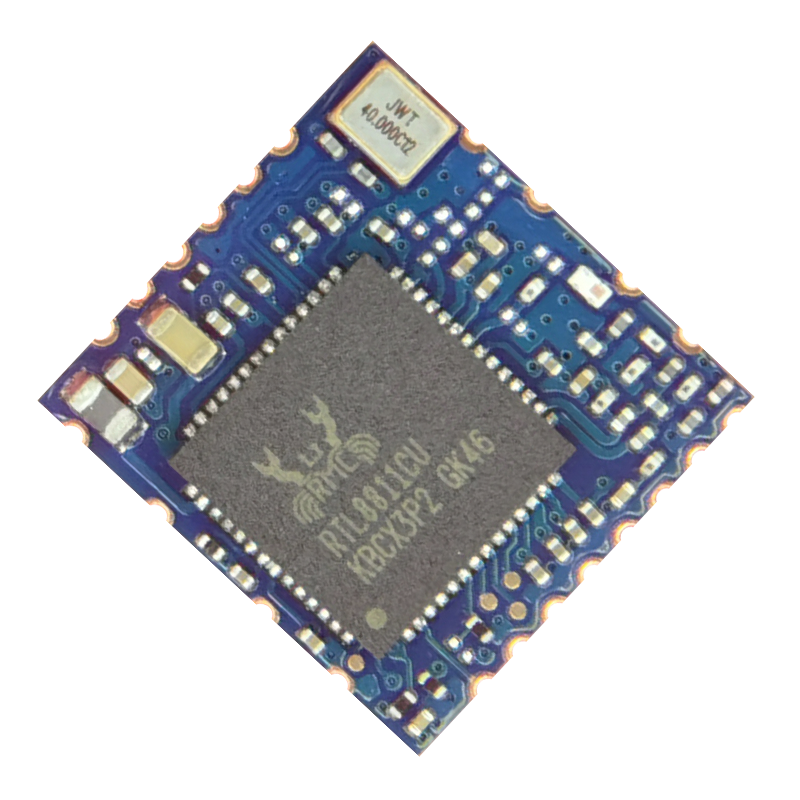Is ESP8266 an IoT device? This question has become increasingly relevant as the Internet of Things continues to reshape our daily lives. In this article, we will delve into the features and functionalities of ESP8266 to understand its role as an IoT device.

ESP8266 is a low-cost Wi-Fi SoC (System-on-a-Chip) manufactured by Espressif Systems. It gained significant popularity due to its small form factor, low power consumption, and ease of use. Originally designed as a serial-to-Wi-Fi adapter, it quickly evolved to support standalone applications.
ESP8266 offers a wide range of features that make it an ideal choice for IoT applications. With built-in Wi-Fi capabilities, it can seamlessly connect to other devices and the internet. It also supports various protocols such as TCP/IP, HTTP, MQTT, and more, enabling efficient communication within an IoT ecosystem. Additionally, it comes with GPIO pins, allowing for the connection of sensors, actuators, and other peripherals.
One of the primary roles of ESP8266 in IoT is facilitating communication between devices. By acting as a bridge, it enables data exchange between sensors, controllers, and the cloud. Through Wi-Fi connectivity, it can transmit data to and receive instructions from remote servers or mobile applications. This communication enables real-time monitoring, remote control, and data analysis for IoT applications.
ESP8266 finds applications in various IoT domains such as home automation, smart agriculture, industrial monitoring, and wearable devices. In home automation, it can control lights, thermostat, and security systems using mobile applications. For smart agriculture, it can monitor soil moisture, temperature, and automate irrigation systems. In industrial settings, it can collect data from sensors and help optimize processes for increased efficiency. Furthermore, ESP8266's compact size and low power consumption make it suitable for wearable devices like fitness trackers and smartwatches.
In conclusion, ESP8266 serves as a versatile IoT device due to its built-in Wi-Fi capabilities, GPIO pins, and support for various protocols. It acts as a communication hub, allowing devices to interact with each other and the internet. With its affordability and extensive application possibilities, ESP8266 has established itself as a pivotal component in the rapidly expanding Internet of Things ecosystem.
 Trolink Joint With Tuya to Make Iot Benefit Every Family
Trolink Joint With Tuya to Make Iot Benefit Every Family
 5 Key Indicators for WiFi Module Selection You Have to Know !
5 Key Indicators for WiFi Module Selection You Have to Know !
 IOT module is the brain of smart products
IOT module is the brain of smart products
 What is the signal coverage range of the WiFi module chip?
What is the signal coverage range of the WiFi module chip?